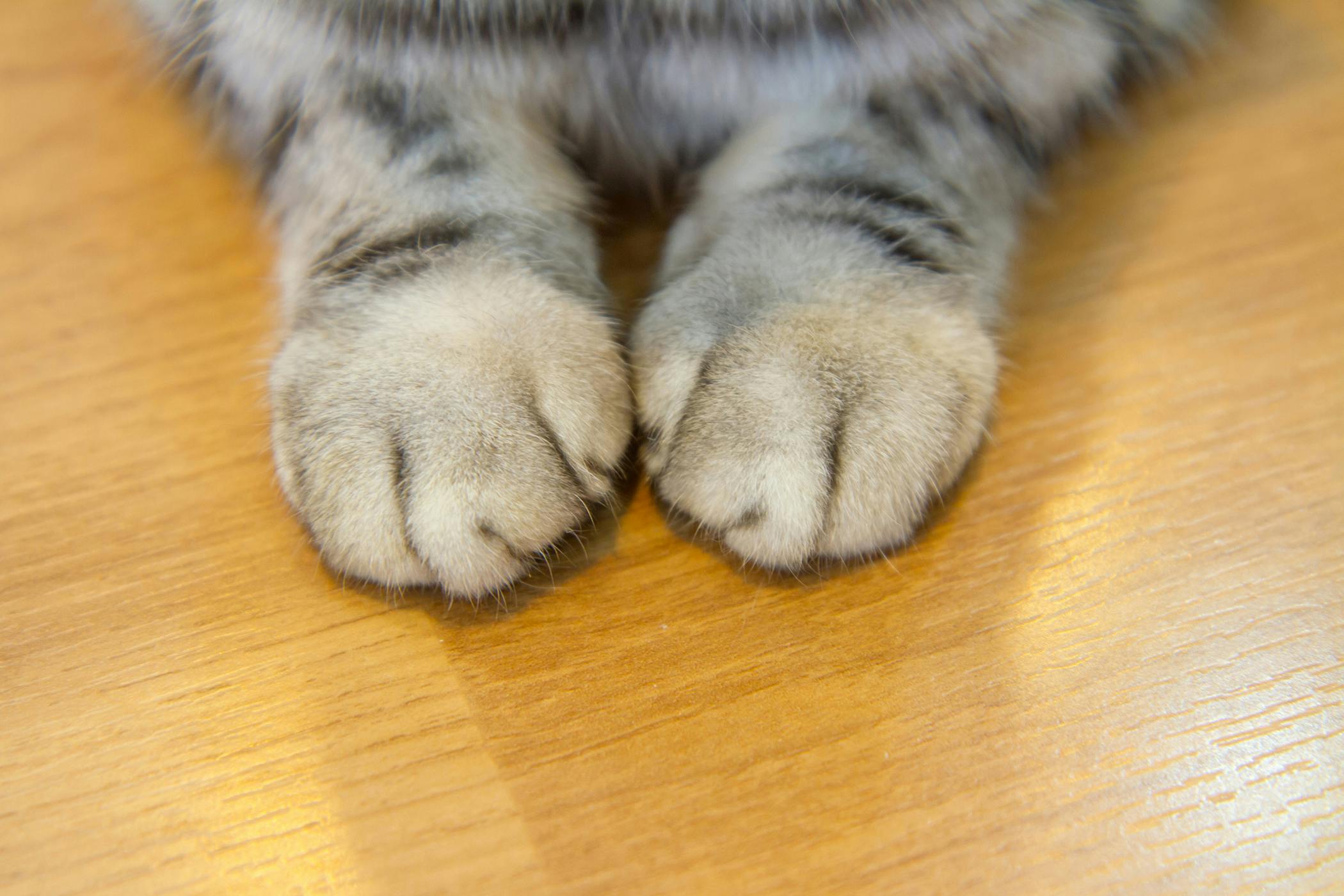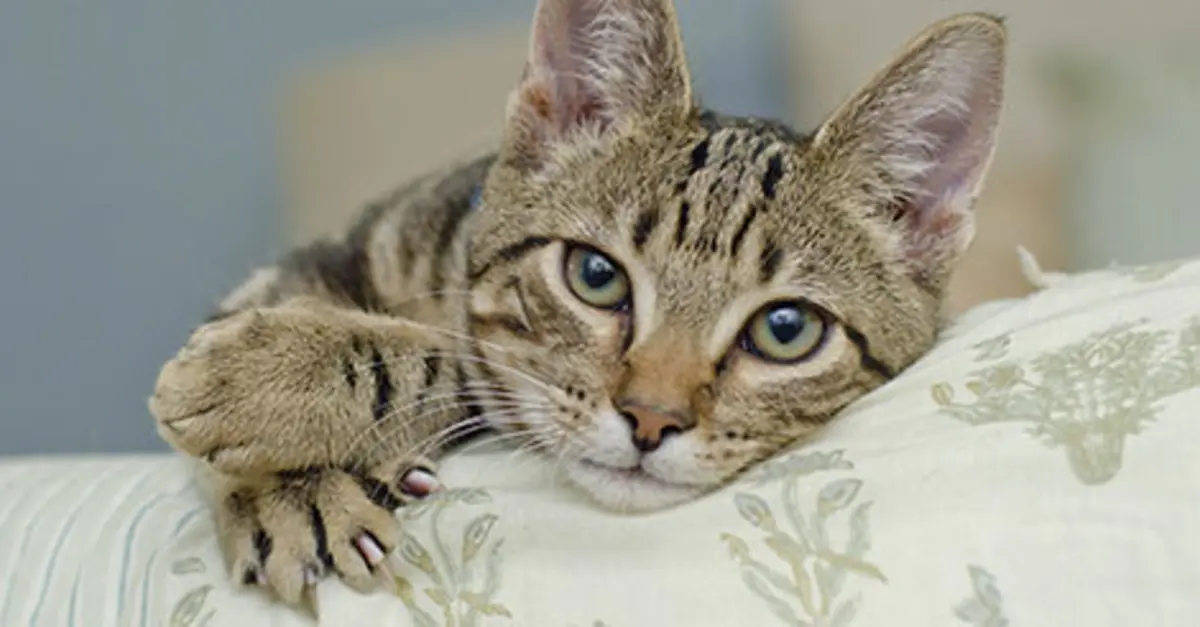
Laser declawing is a permanent way of declawing cats and assuring the claws do not grow back. It also reduces the chance of infection and promotes a more speedy recovery with less post-operative pain.

The night before the surgery we ask that you pick up your kittys food bowl at midnight.
Laser declawing recovery. The laser cauterizes the incision which minimizes the chance of infection during recovery. Because the laser is more precise than a scalpel this method reduces swelling during recovery. Veterinary surgeons who prefer laser declawing say that it lessens the amount of time it takes to recover.
Pilot Laser - Feline Declaw Recovery Day 1 - YouTube. It really depends on the individual experience. If the procedure goes smoothly without any complication then they should recover in just a day or two.
With traditional methods the recovery time could be weeks and with complications even a laser declaw procedure may require additional recovery time. For Plano laser declawing for cats the laser facilitates a quick recovery with the cat walking within hours of surgery. It is amazing if you have to perform this surgery.
Laser surgery is recognized in human and veterinary medicine for the significant benefits it provides to both patients and surgeons. Declawing your cat is a very delicate procedure. Today more and more vets are utilizing laser technologies as it is less invasive less painful and requires a shorter recoup period.
With this being said its a procedure which is painful for your kitten once the anesthesia wears off whether they undergo traditional declawing techniques. The difference that we saw with laser declaws from Day One was dramatic. We will not declaw a kitty with a blade again.
If you are considering having your kitty declawed make sure to consider their post-operative comfort and recovery as a top priority. Laser declaw is the best way to know that your kitty will be as comfortable as possible. Owners of cats who have been declawed should expect the following during the recovery period.
During the cat declawing recovery process owners must regularly check their cats paws at least three to four times a day to make sure there are no signs of infection. Light bleeding is likely during the first few days especially but excessive or prolonged bleeding. At Porter Pet Hospital we perform Laser Declaws which we see clinically improve recovery times and decrease pain associated with a declaw procedure.
We encourage all owners that are considering declawing their cat to take the decision seriously when their cat is young. Declaw surgery is ideally done between 4 and 6 months of age and can be done at. Callicott only does declaw procedure as well as all other surgeries with the surgical laser.
The surgical laser results in less bleeding as well as less pain and a shorter recovery time. What Should Be Expected in Preparation for Surgery. The night before the surgery we ask that you pick up your kittys food bowl at midnight.
Laser cat declawing causes almost no bleeding during the surgery and afterwards. Lasers seal the blood vessels and nerve endings. A cat that was declawed with a laser will experience less post-operative pain and wont have to necessarily wear a bandage on his feet.
This makes for a faster recovery. Disadvantages of Cat Laser Declawing. Cat laser declawing is expensive.
Recently laser declawing has grown in popularity. At our clinic we utilize laser surgery which reduces pain and swelling and minimizes bleeding. It also reduces the chance of infection and promotes a more speedy recovery with less post-operative pain.
If you must resort to declawing your pet our hospital can perform laser declaws using the CO2 laser which improves recovery times and decreases pain associated with the declaw procedure. We recommend to all cat owners that are considering declawing their cat to take the decision seriously and seek alternate less invasive options such as scratching postspads frequent nail. Laser declawing offers many advantages over the traditional declawing procedure.
For starters laser declawing is less painful causes less bleeding and leads to very little swelling. Cats declawed through laser surgery recover faster and dont need to have their toes bandaged after surgery. Because the surgery is easier on them they are also.
Laser declawing is a relatively new procedure for removing the third knuckles and claws from cats. It offers many benefits over traditional declawing including less bleeding and a reduced chance of infection. Benefits of Laser Declaw.
Laser declawing is a permanent way of declawing cats and assuring the claws do not grow back. Studies have also shown the laser method to be less painful as the nerve endings are sealed and cats wont need to use a special litter during recovery to prevent infection. The downside to a laser declaw is that it is more costly than traditional methods.
Laser declawing a cat is equivalent to amputating the last joint of each finger on the cats hands. Benefits of Laser Declawing of Cats. There are several perceived advantages to laser declawing over surgical declawing though none address the true problems caused by declawing.
Problems with declawing often emerge days weeks or years after the procedure. An Iowa State University study found cats who had declaw procedures with laser recovered more quickly than the old cut and stitch method. Thats why we always use laser for our feline declaw patients.
Jim Carlson has performed approximately 22000 laser surgeries in his 16 year veterinary career. Due to the lasers high precision over scalper the laser declawing method reduces swelling during recovery. 5 Healthy Ways To Care For Cat Nails Best Tips Laser declawing has a significant advantage over other conventional declawing methods because there is no blood loss there is less nerve sensitivity and as a result reduces pain.
At Pet Smile Vet we perform laser declaws which we see clinically improve recovery times and decrease pain associated with a declaw procedure. This State-Of-The-Art Surgery minimizes invasiveness eliminates bleeding and removes most of the swelling and pain associated with past methods of declawing. Laser declawing is an advanced form of declawing surgery.
It not only reduces painful symptoms during and after the procedure but also quickens the recovery period. A cats natural instinct to scratch things wont go down well with its owner especially when it claws soft carpets expensive furniture and other household items. However the most ideal period to declaw a cat can be between 3 and 6 months of age since kittens can recover quickly and the trauma experienced may not be as severe.
Depending on the age of your adult cat it may not be recommended to declaw them because more potential complications can occur during and after the process.